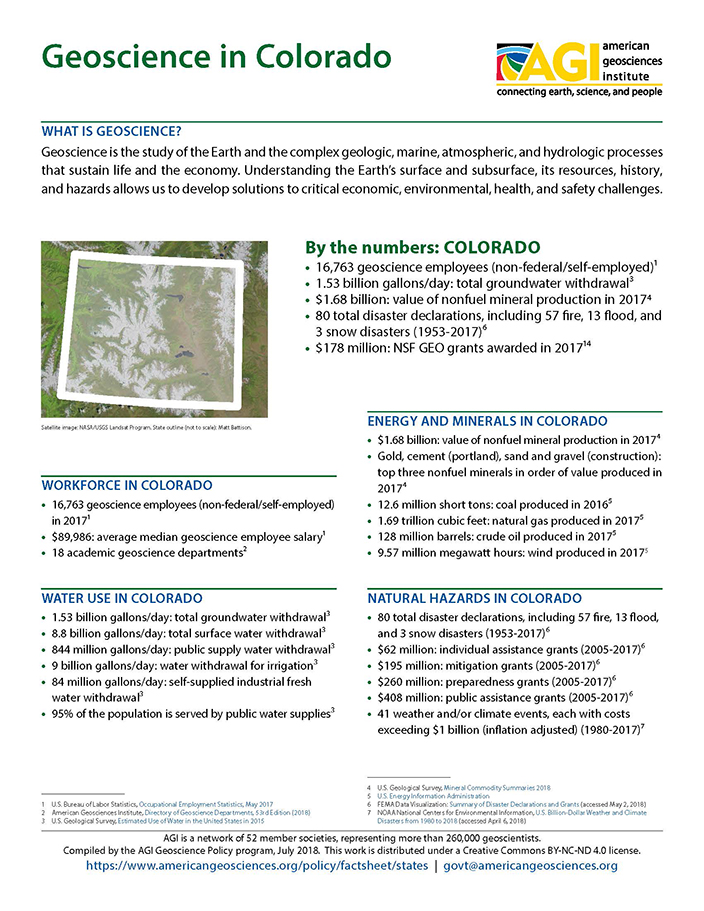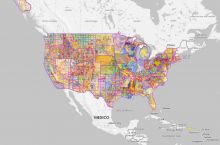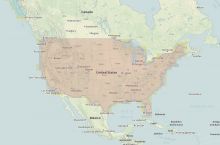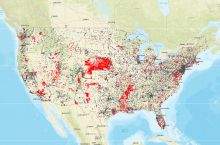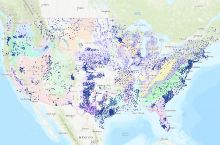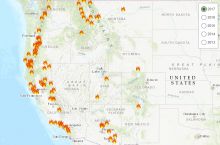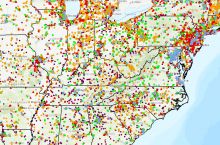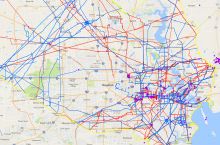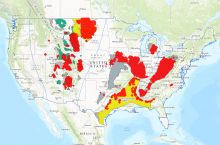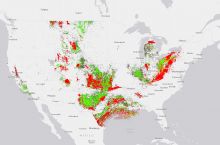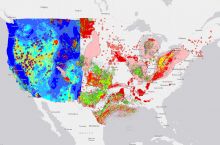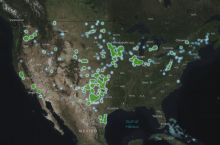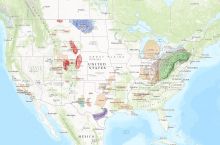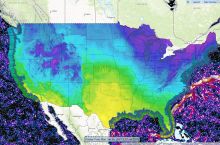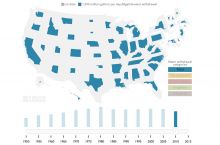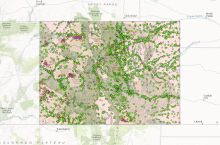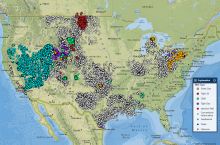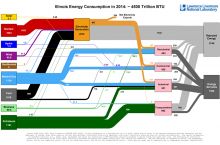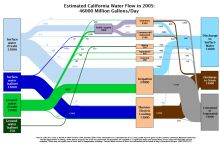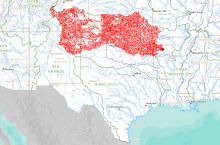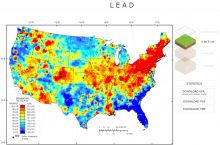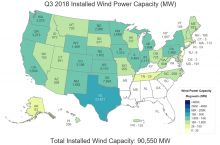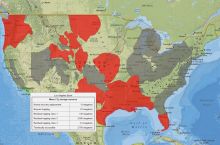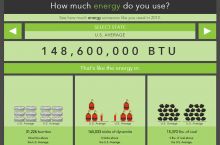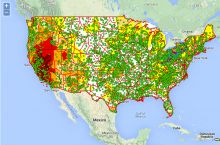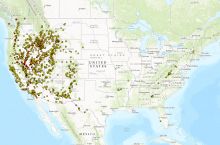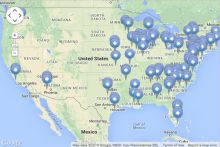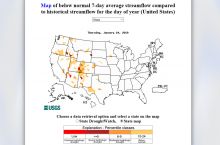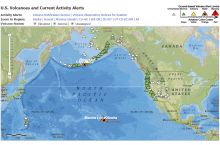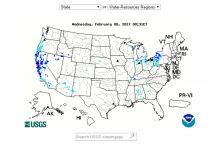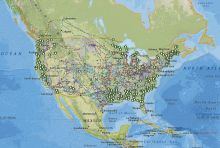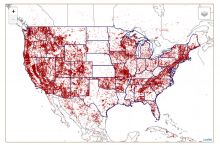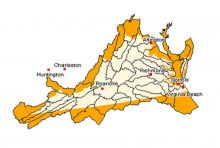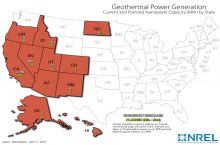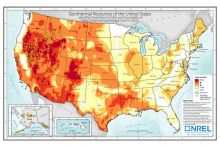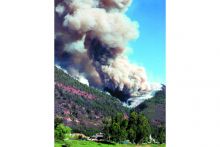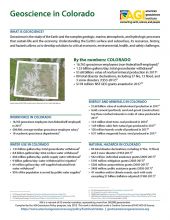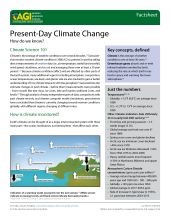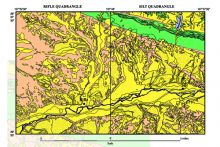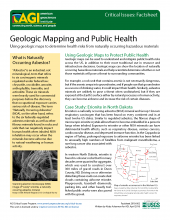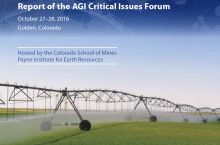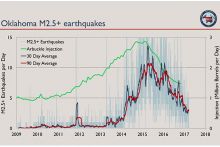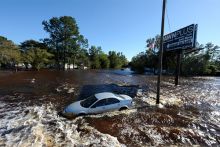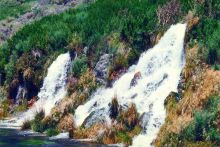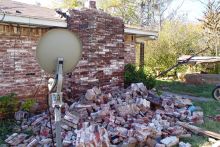By the numbers: Colorado
- 16,763 geoscience employees (excludes self-employed)1
- 1.53 billion gallons/day: total groundwater withdrawal3
- $1.68 billion: value of nonfuel mineral production in 20174
- 80 total disaster declarations, including 57 fire, 13 flood, and 3 snow disasters (1953-2017)⁶
- $178 million: NSF GEO grants awarded in 201714
Agencies Working on Geoscience Issues in colorado
The mission of the Colorado Department of Public Health and Environment is to protect and improve the health of Colorado’s people and the quality of its environment
The mission of the Colorado Division of Homeland Security and Emergency Management is to provide leadership and support to Colorado communities to prevent, protect, mitigate, respond and recover from all-hazard events including acts of terrorism.
The Colorado Division of Reclamation, Mining and Safety is responsible for mineral and energy development, policy, regulation and planning. The division is comprised of the Office of Mined Land Reclamation and the Office of Active and Inactive Mines.
The mission of the Colorado DWR is to provide competent and dependable distribution of water in accordance with statutes, decrees and interstate compacts; to ensure public safety through safe dams and properly permitted and constructed water wells; to maintain and provide accurate and timely information concerning water; to promote stewardship of all human, fiscal and natural resources; to serve the public through the generation of creative solutions to problems; to help the public understand complex water issues; to promote stability in the use of the state's limited water resources; and to apply modern technology to its greatest advantage.
The mission of the Colorado Oil and Gas Conservation Commission (COGCC) is to foster the responsible development of Colorado's oil and gas natural resources.
The mission of the Colorado Water Conservation Board is to conserve, develop, protect and manage Colorado’s water for present and future generations.


